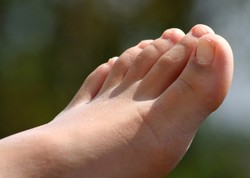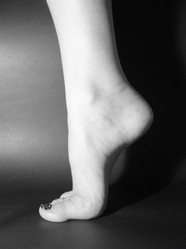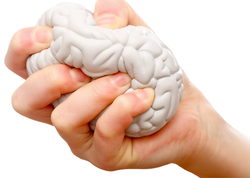If excessive stress is repeated or if normal stress is imposed upon a mechanical abnormality, the symptoms may become chronic. Symptoms may vary from those of ligamentous strain to those caused by joint misalignment resulting from the stress. Ultimately degenerative arthritic changes may be the source of pain.
The “breakdown” process follows a sequence. Ligaments exposed to chronic strain elongate and undergo inflammatory changes which result in pain. If the condition persists, the ligaments elongate and degenerate, lose their supporting function, and permit excessive motion of the joints. This excessive “play” and misalignment of the joints will inflame the joint capsules and surfaces, and articular inflammation becomes the source of pain.
If irritation to the joints continues, structural damage to the articular surfaces results, and degenerative arthritis is present. Nature responds to these irritations by attempting reconstruction or forming a bulwark against the irritation with an overgrowth of bone that results in a deformed joint called an “arthrosis.” If early changes are recognized, this cycle is reversible, but if it is allowed to proceed too far, the joint may be beyond repair.
The initial symptom of acute stress from activity such as prolonged walking is muscular fatigue, usually described as an “aching” in the sole of the foot, calf muscles, or occasionally the anterior leg. Deep tenderness of the plantar tissues of the foot or the leg muscles is found.
The foot, now symptomatic, may be normal but is more likely to be a pronated foot which flattens its longitudinal arch upon weight bearing. Muscular fatigue from activity permits stress to be imposed upon the ligaments resulting in ligamentous pain.




 How to deal with Anxietyon 10/20/2015
How to deal with Anxietyon 10/20/2015
 What Causes Anxiety and Stresson 10/20/2015
What Causes Anxiety and Stresson 10/20/2015
 Understanding How to Stop Tooth Painon 10/20/2015
Understanding How to Stop Tooth Painon 10/20/2015
 What is Metatarsalgia - Diagnosis and Treatmenton 09/10/2015
What is Metatarsalgia - Diagnosis and Treatmenton 09/10/2015


Comments